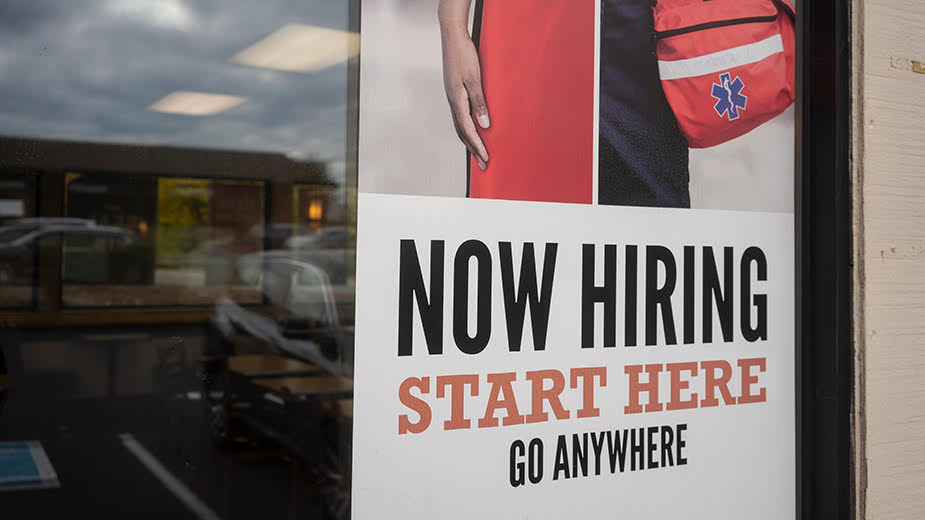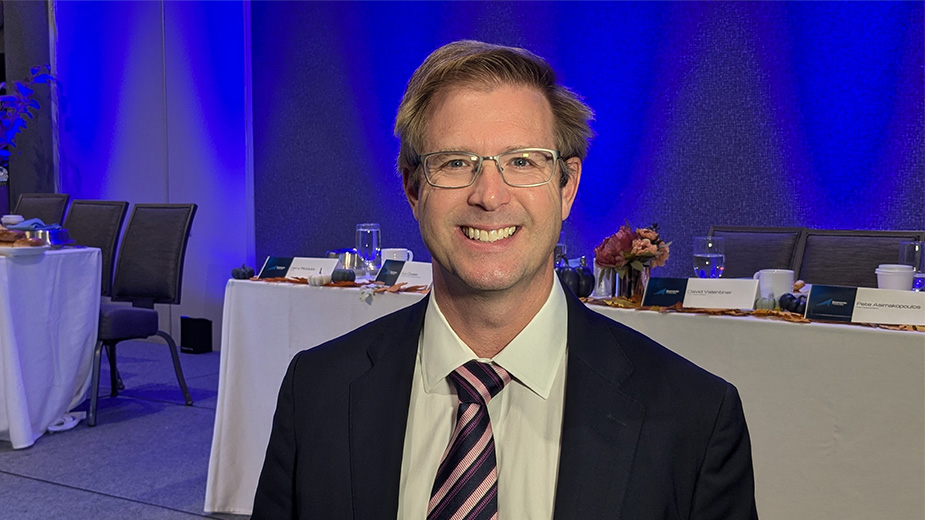Fed Economist Projects Labor Market Will Stay Tight in 2023
CLEVELAND, Ohio – While inflation may be slowing, a Federal Reserve Bank labor market economist does not see improvements in the labor market long-term.
Speaking as part of a Fed Talk, Bruce Fallick, senior vice president of research for the Federal Reserve Bank of Cleveland, does not see more people joining the workforce in 2023.
Fallick, who along with Christopher L. Foote has been studying the impact of age distribution on unemployment across the United States, said data shows financial conditions have begun tightening even a little before the Fed began raising interest rates in March 2022, something he credits to the power of advance communications about the increases.
While Fallick presented different measurements economists at the Federal Reserve are using to see if inflation is improving, the results from those measurements were mixed. For Fallick, the questions of will there be a recession, how deep it will be and who will be most affected are all up in the air.
But over the past three months, he does see some indications that inflation is slowing.
Consumers and business expectations of slowing this year is not matching that. Fallick said the University of Michigan’s survey of consumers shows that short-term, expectations of inflation remain quite high. However, long-term, over the next five years, consumers and businesses believe inflation will return to the levels where it has been throughout most of the 2000s.
As the economy continues to recover from the pandemic, the high employment growth that happened immediately after the pandemic has slowed significantly in 2022, although it is still higher than it was prior to the pandemic.
Fallick said the ratio of job openings to unemployment “shot up to unprecedented heights” following the pandemic but is now showing some signs of moderation, which is something that could help curb inflation.
Fallick also noted the unemployment rate has remained remarkably flat, while the jobs opening rate is falling.
He does not see more people entering the labor force, which is a major component to strain on the economy, especially the service industry.
Historically, labor force participation grew in the 1970s and 1980s as more and more women joined the workforce, but Fallick said aggregate labor participation flattened in the 1990s and then started to decline in the early 2000s.
Men and young people also are not entering the workforce at the same rate as they used to do. The only increase is in those 55 and older, which he said is due to an aging population with lower mortality and morbidity. People do not want to outlive their retirements, so they may be working longer. But as baby boomers continue to age, fewer will continue to work.
“Slower rate of labor force growth may continue to contribute to the tightening of the labor market going forward,” Fallick said, noting it is possible the current tight labor market is just a continuation of a trend that started decades ago and not just a lack of recovery from the pandemic.
A lower population growth could also be contributing to the lower labor participation. Fallick said data shows lower birth rates began in the early 1990s and have dropped to the point that there are now fewer young women of child-bearing age to have more children. Historically in the U.S., this is similar to what occurred in the 1930s, which was righted by the post-World War II baby boom.
Fallick said the only major impact he could see on this population decline could be immigration.
“I think the prospects for labor force growth will continue to be slow for some years to come and this may contribute to tight labor markets for some years to come if businesses and other economic actors don’t adapt,” Fallick said.
While a tight labor market has led to wage increases, Fallick said he does not believe wage growth has kept up with inflation, and now there may be price inflation driving wage inflation.
Copyright 2024 The Business Journal, Youngstown, Ohio.



